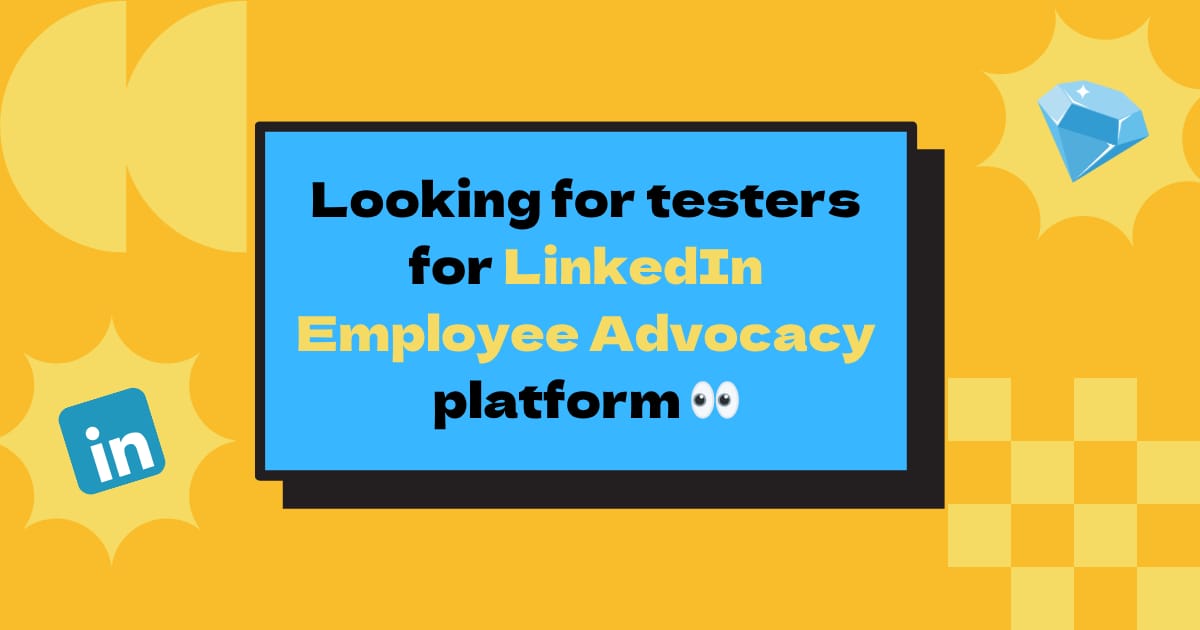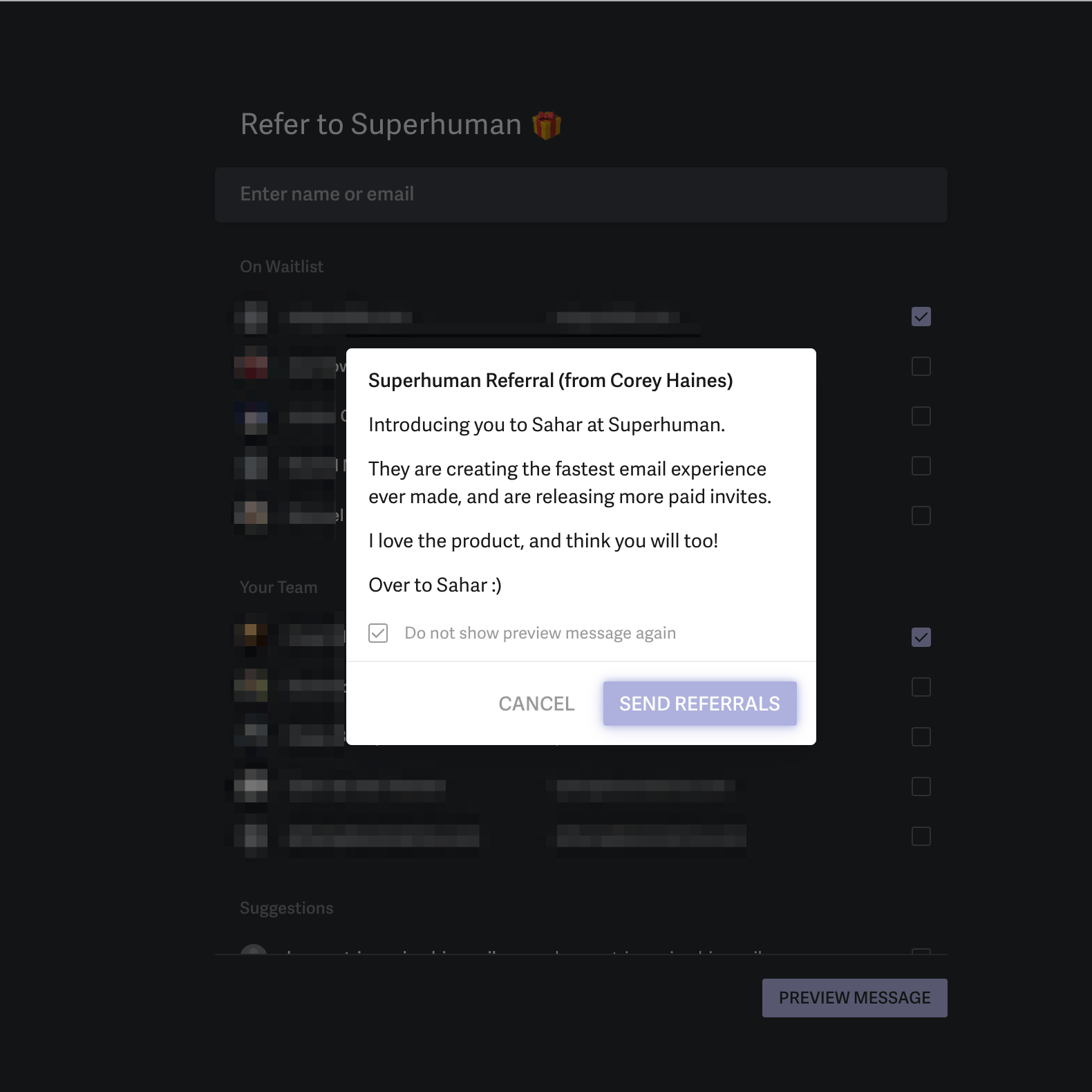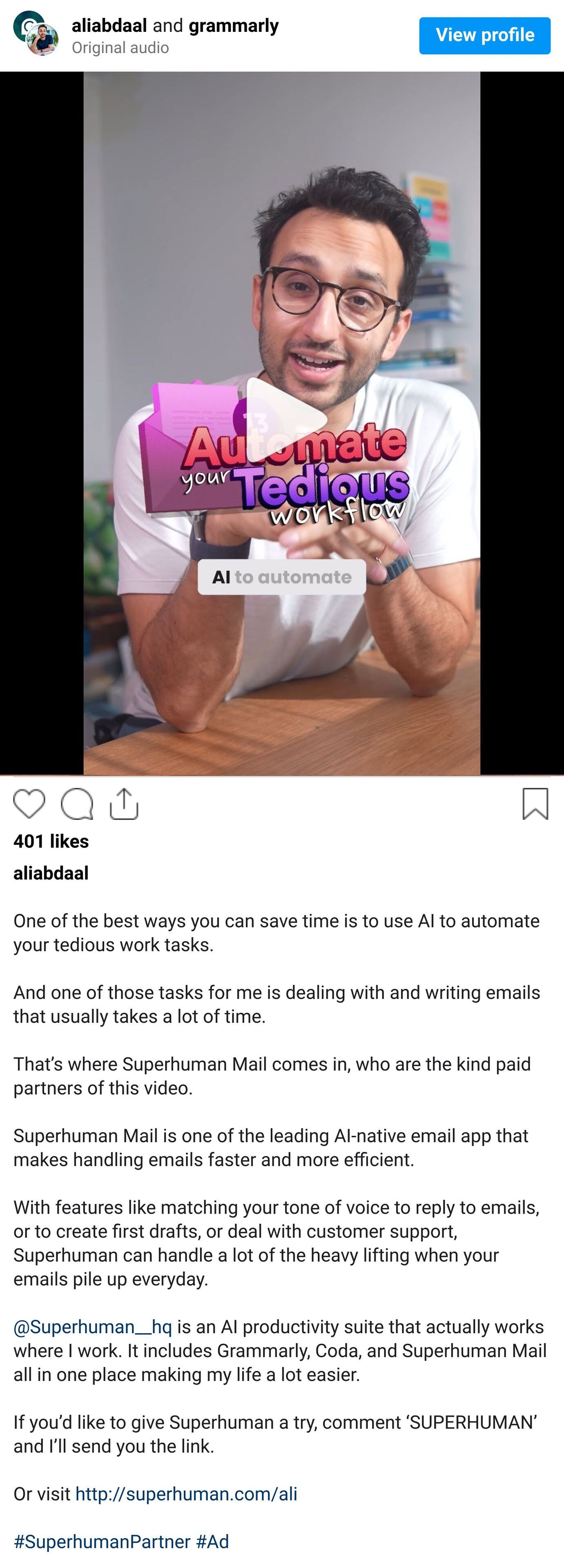- Marketer Gems
- Posts
- The Psychology Behind Superhuman's Email Marketing Success and Product-Led Growth
The Psychology Behind Superhuman's Email Marketing Success and Product-Led Growth
The unconventional playbook that transformed email from commodity to luxury product
Howdy, marketer!
Superhuman charges $30 a month for email.
The thing you've gotten free from Gmail forever.
The thing Yahoo and Outlook and literally everyone else gives away to get you into their ecosystem.
And yet, Superhuman works.
So much so that Grammarly acquired Superhuman earlier this year!
They've built a business that people genuinely love and created a waitlist of half a million people.
This story violates every conventional wisdom about pricing, market entry, and product positioning.
It's a masterclass in creating perceived value where none existed before.
Today's Treasure Trove
advertisement
Your Employees Are the New Algorithm Hack

Company pages don’t get much on LinkedIn.
Activating employees is a superpower, but difficult to pull off.
Sign up to be a tester for a platform that makes it easy for your company to become more visible on LinkedIn.
They get visibility. Your company gets visibility. Everyone looks like a rockstar.
Signup to be a part of the early user testing.
What Is Superhuman?
Superhuman is an email client founded in 2014 by Rahul Vohra, who previously built and sold Rapportive to LinkedIn.
At its core, Superhuman is rebuilt email - keyboard shortcuts everywhere, blazing fast performance, read receipts, scheduled sending, social media integration, and an interface that's genuinely beautiful.
It’s designed around speed with keyboard shortcuts for everything, clean minimal UI, AI-powered triage, and tools that help you reach Inbox Zero without feeling overwhelmed.
Who Actually Pays $30 for Email?
The target demographic is tight and well-defined: startup founders, executives, venture capitalists, busy professionals who live in their inbox, and people who see themselves as productive and high-performing.
These are folks who get 100+ emails a day, who value speed and efficiency, and who are already comfortable paying for tools that make them better at their job.
The deeper motivation is also about identity.
Superhuman users see themselves as people who value excellence, who don't settle for "good enough," who invest in themselves.

(Source)
Gmail works fine for most people. So, Superhuman positioned itself as a different category entirely - professional email for professionals.
Having Superhuman became a signal. It meant you were busy enough, important enough, successful enough to justify the cost.
It's the same psychology that makes people buy MacBooks instead of perfectly functional Windows laptops, or stay at boutique hotels instead of Holiday Inn.
The functional benefit exists, but the signaling is what really drives adoption.
Marketing Strategies of Superhuman
The waitlist strategy was genius, and it's the first thing everyone talks about when they analyze Superhuman's growth. It served multiple strategic purposes.
First, it created genuine exclusivity. When you had to wait months to get access, getting in felt like an achievement. The product became aspirational before most people even tried it.
Second, the waitlist gave them time to onboard people properly. Every new Superhuman user gets a one-on-one onboarding call.
This is expensive and doesn't scale, but it creates two things: a personal connection to the product, and a feedback loop that lets them improve based on real user behavior.
The waitlist was an operational necessity that doubled as brilliant positioning.
Third, it let them control who got in. Early users must be carefully selected to be startup founders, VCs, and other people who would talk about the product.
This seeded Superhuman into the exact networks they wanted to penetrate. When your first thousand users are all people with large followings and extensive professional networks, your word-of-mouth grows exponentially.
Product-led growth is the other pillar of their strategy.
They built features that naturally create visibility. And they identified the right “Aha Moments” for the users.
Read receipts show when someone opens your email - and they show that you're using Superhuman.
The referral mechanics are built into the experience too.

(Source)
People want to get their colleagues and friends onto Superhuman because the product works better when everyone you email frequently is also on it.
The pricing itself is a marketing decision. Thirty dollars a month is expensive enough to filter out casual users but not so expensive that their target demographic would hesitate.
For someone making six figures, it's essentially nothing - but it's not free, which maintains the premium positioning.
Wrap Up
What Superhuman proved is that commodities aren't actually commodities if you change the frame.
Email looked like a solved problem, a race to the bottom where free was the only viable price point.
But by repositioning email as a professional tool, by building in status signaling, by creating scarcity and exclusivity, they created a new category.
Superhuman users are paying to be the type of person who values excellence, who invests in their productivity, who doesn't settle for good enough.
The question is whether you can reframe what that something actually is.
✌️,
Tom from Marketer Gems


